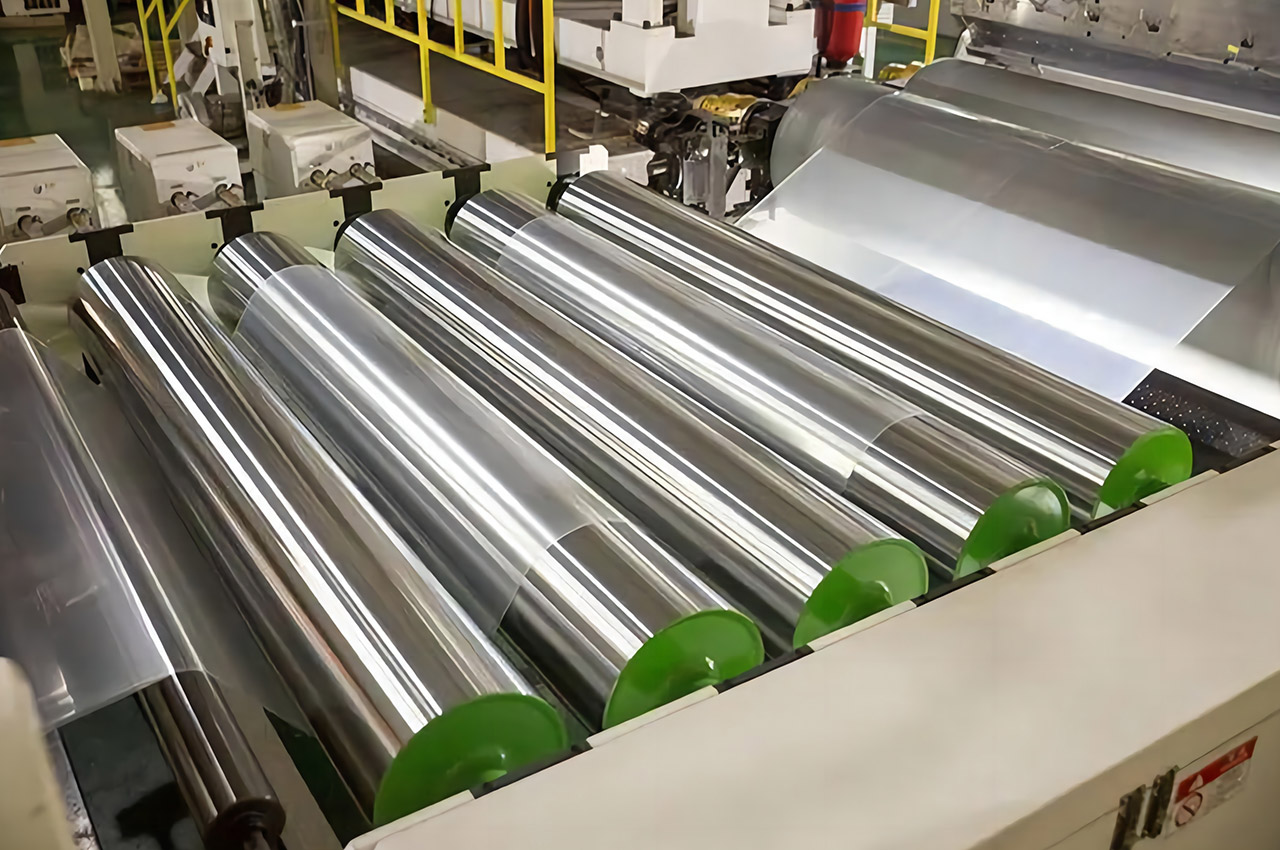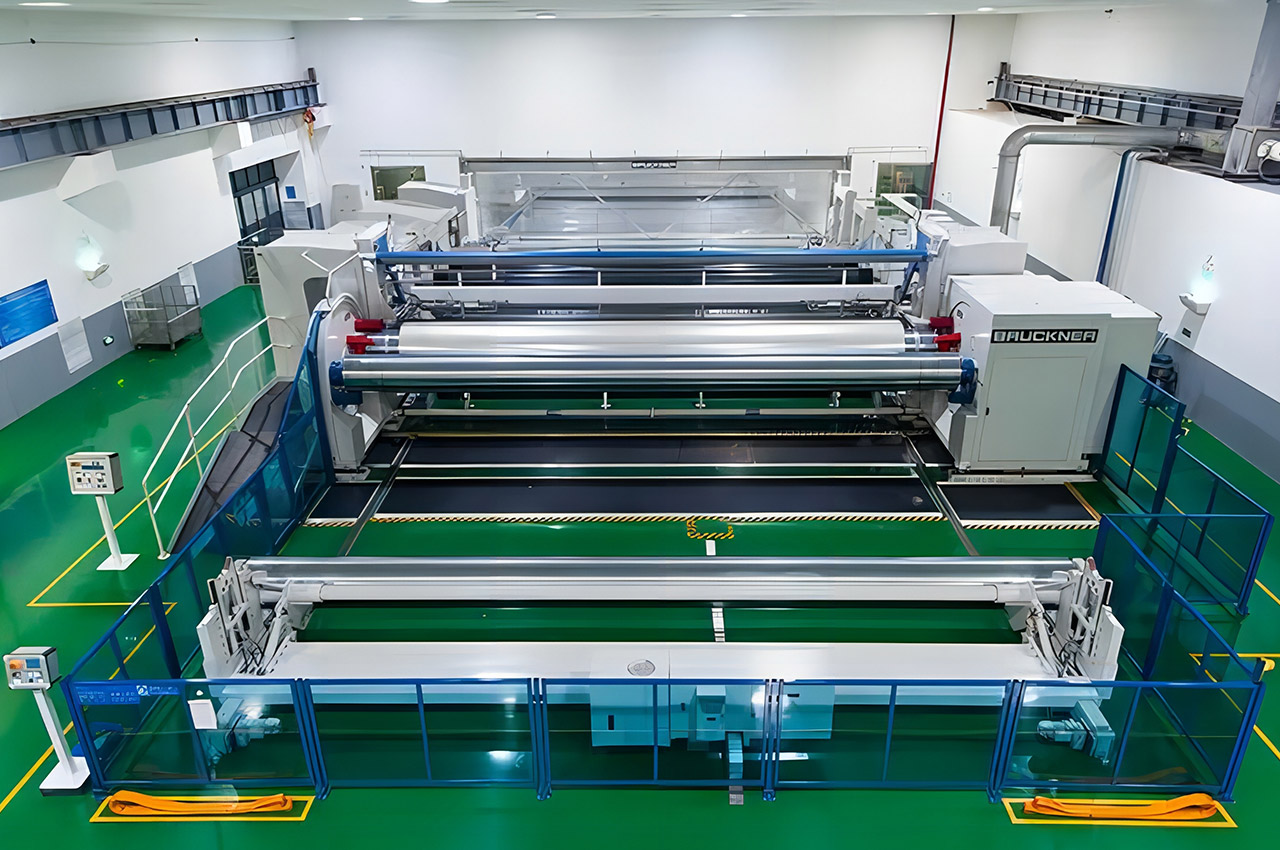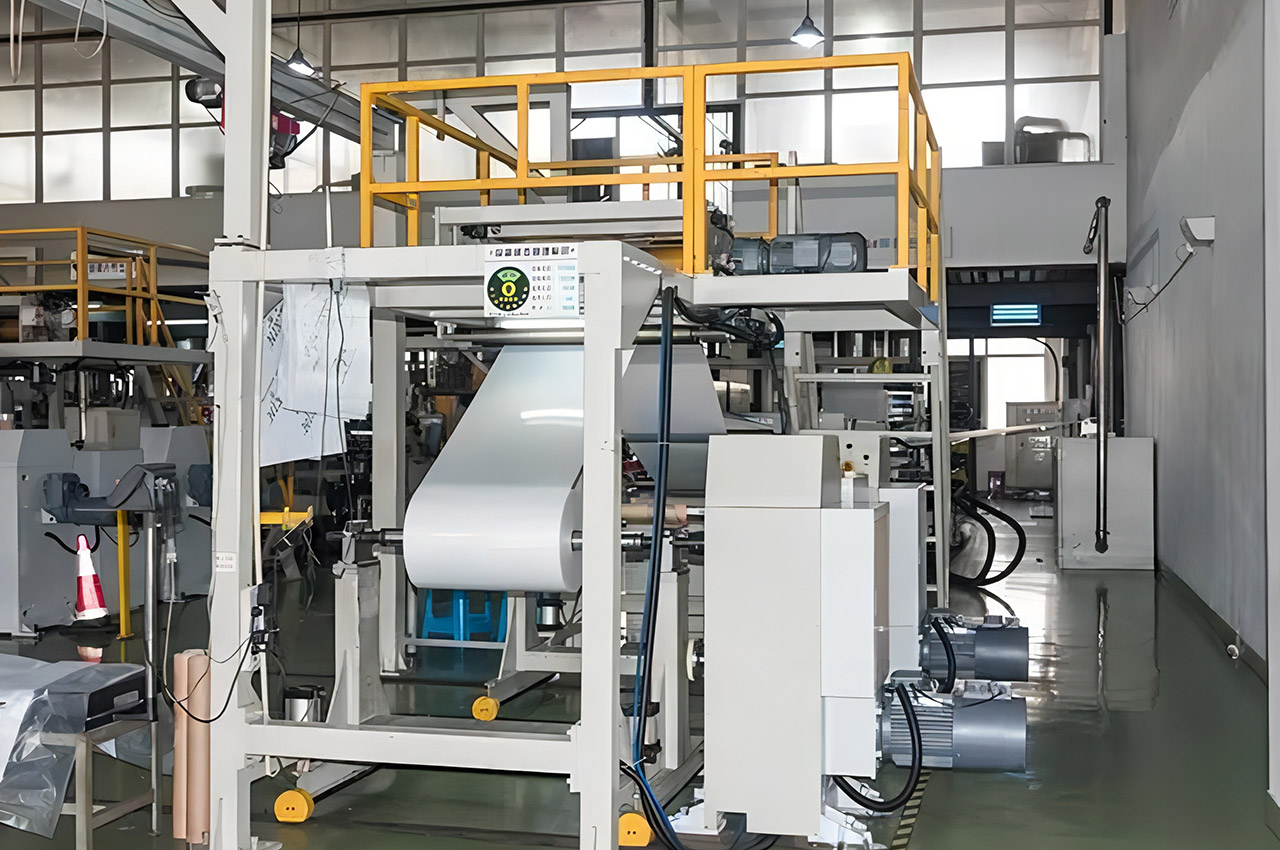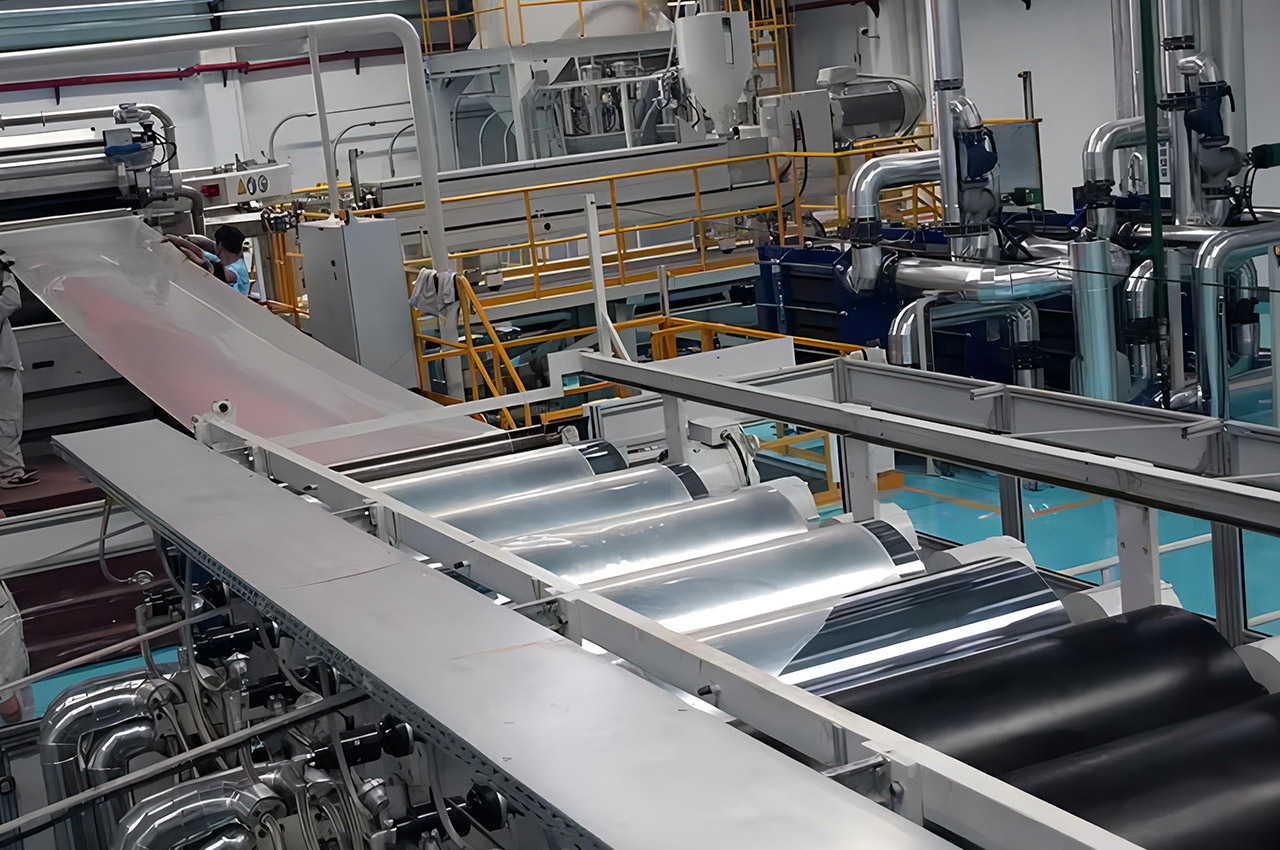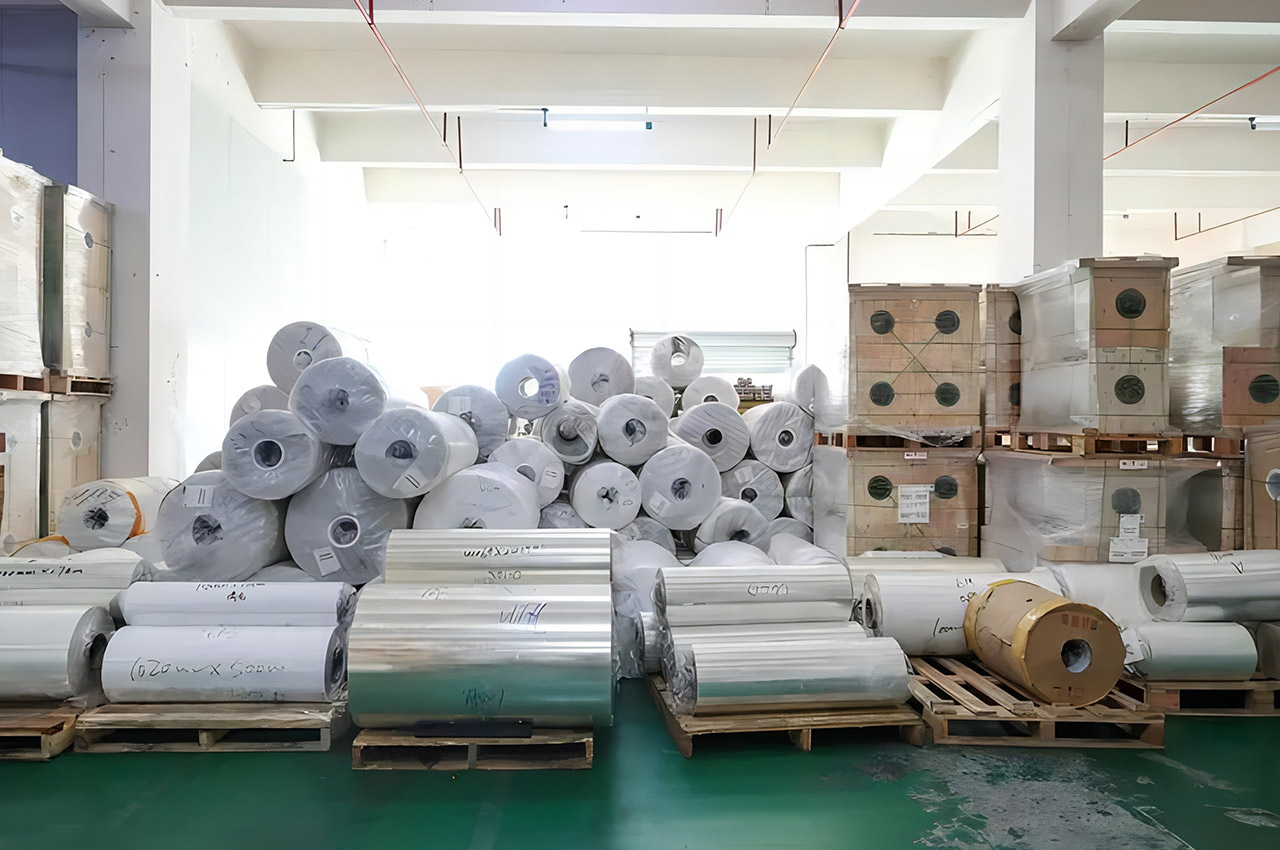Film forming is a process in which plastic, rubber or other polymer materials are processed into a thin sheet product. Through specific methods and equipment, the raw material is formed into a film with specific thickness, width and performance after extrusion, casting, blow molding and other operations under certain conditions of temperature, pressure and speed.
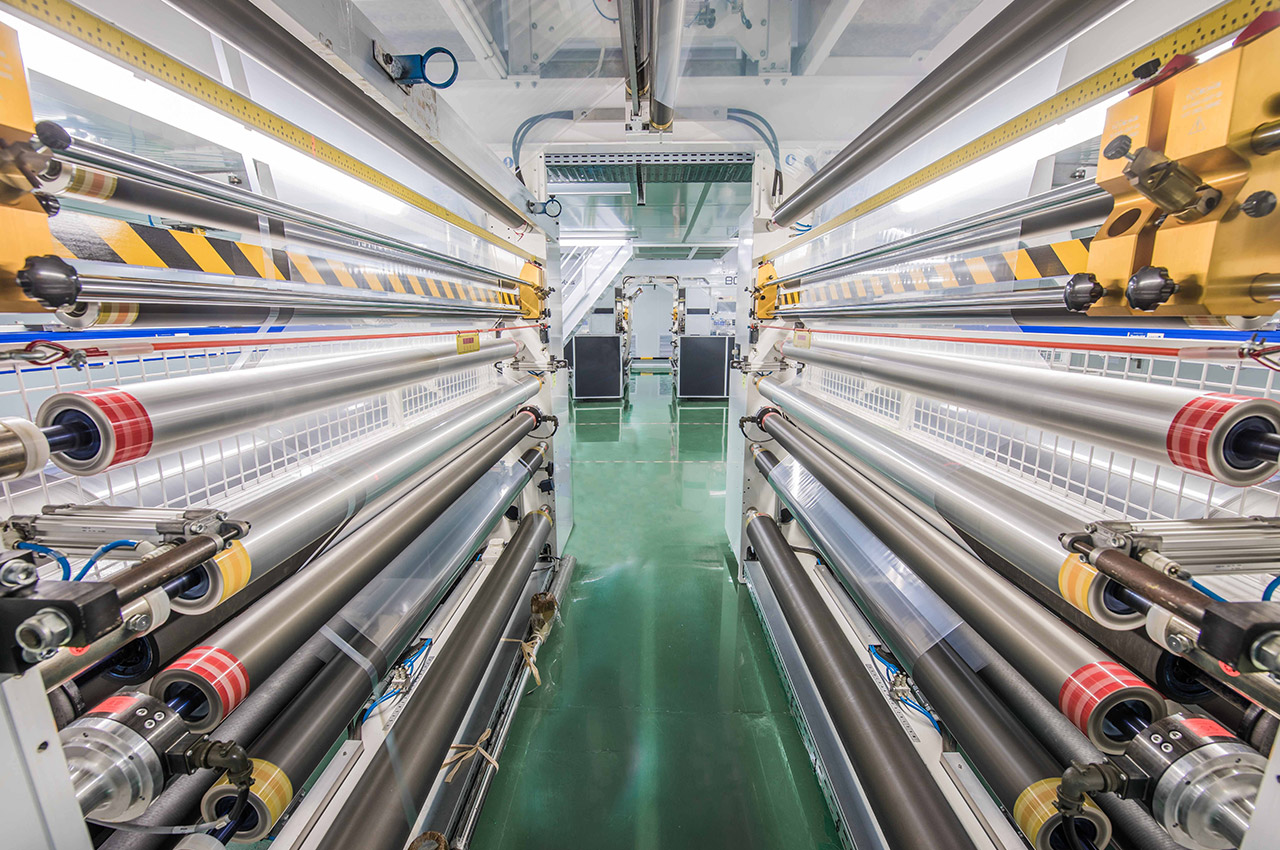
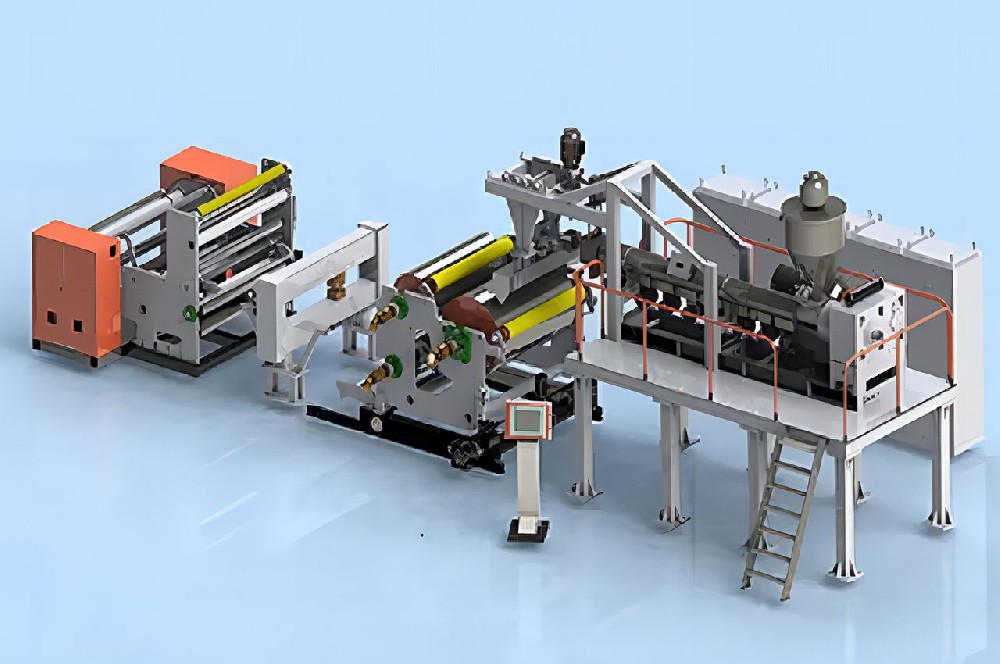
┊ Extrusion blow plastic film molding: extruder heating melting, through the ring die extrusion to form a tube blank. At the same time, compressed air is passed into the tube blank to make it expand and close to the mold cavity wall under the action of cooling air blown by the cooling air ring. After cooling and shaping, the film tube is cut open, pulled and rolled to get the blow molded film product.
┊ Extrusion casting film forming: after the extrusion machine is melted and plasticized, it is extruded through the slit head die, quenched on the cooling roll and solidified, and then the casting film is obtained by traction, cutting edge and rolling.
┊ Bidirectional stretch film forming: Extruder extrudes thick sheet or tube blank, the thick sheet or tube blank is stretched along the longitudinal and transverse at a certain temperature, so that the molecular chain is oriented in two directions.
┊ Calendering film forming: the plastic raw material is first added to the heated calendering roller between. The rolled film is obtained after many rolls pressing, leading away, cooling and winding.
┊ Thickness uniformity: The ability to produce a film of uniform thickness is very important to ensure the consistency of product quality and performance.
┊ Surface quality: A smooth, flat film can be obtained to meet the appearance requirements of different applications.
┊ Material adaptability: Suitable for a variety of polymer materials, through the selection of different materials and formulations, can meet different performance needs, such as barrier, transparency, mechanical strength and so on.
┊ Multi-layer composite capability: It can realize the composite of multi-layer films, combine materials with different properties, and expand the function of the film.
┊ Great influence of process parameters: process parameters such as temperature, speed and pressure during processing have significant influence on the performance and quality of the film, and need to be accurately controlled.
